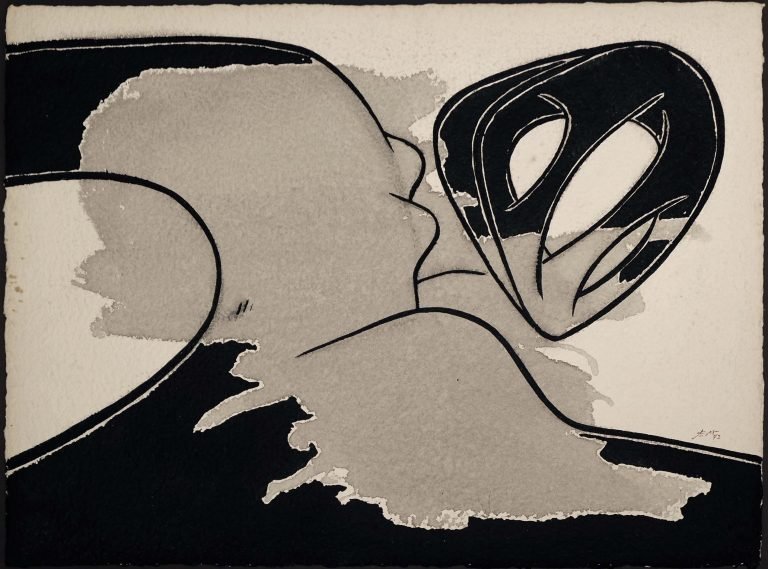
Born in 1927 in Matanzas, Cuba, Agustín Cárdenas began his artistic journey at the San Alejandro Academy of Fine Arts in Havana, where he studied from 1943 to 1949. Early in his career, he broke away from classical traditions, becoming a key member of the Group of 11, a Cuban collective that rejected conventional art forms. Influenced by artists like Hans Arp, Constantin Brancusi, and Henry Moore, Cárdenas developed a distinctive style that combined abstraction and figuration.
In 1955, Cárdenas moved to Paris, where his work caught the attention of Surrealist leader André Breton. He was invited to exhibit at the Surrealist gallery l’Étoile Scellée in 1956, marking his introduction to the Surrealist movement. Known for his poetic, curved, and sensual forms, Cárdenas worked in wood, marble, and bronze, creating sculptures that explored symbolic themes drawn from his subconscious memory. His works often depicted totems, shells, women, and horses, merging abstraction with deep cultural and personal symbolism.
Cárdenas’s career can be divided into three significant periods: totemic forms (1951-1964), his exploration of marble (1965-1982), and later, his move into bronze sculpture (after 1983). His African heritage, subconscious memories, and a deep connection to his Cuban roots influenced his work throughout his life. Cárdenas received commissions for monumental sculptures in countries like Japan, Israel, and Austria, and was honored with prestigious accolades, including the William and Norma Copley Foundation Award, Knight of the Order of Arts and Letters, and Knight of the Legion of Honour.
Agustín Cárdenas remains one of Cuba’s most celebrated sculptors and a prominent figure in the Surrealist movement, leaving a legacy in the art world with over a hundred group exhibitions and numerous monographic showcases. He passed away in 2001 and is buried in Montparnasse Cemetery, Paris.
Augustin Càrdenas with Mon ombre après minuit,1963. Photo by Pierre Golendorf.
-
Maternidad, 1954
National Museum of Fine Arts of Cuba
Havana, CubaJucambe, 1958
The Metropolitan Museum of Art
New York, New York, USASans Titre, 1964
Parc du Mont-Royal
Montreal, CanadaColonne en fleurs I, 1973
Musée d'Art Moderne de Paris
Paris, France


